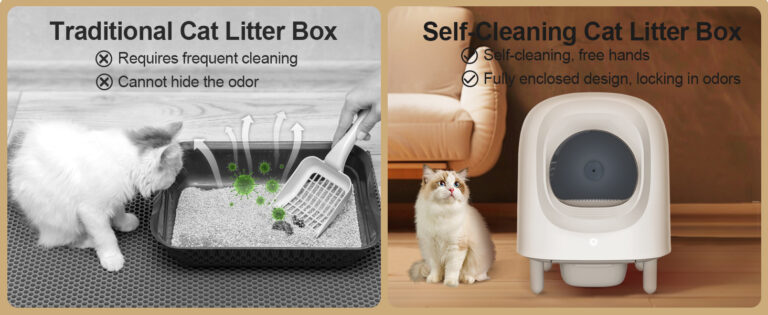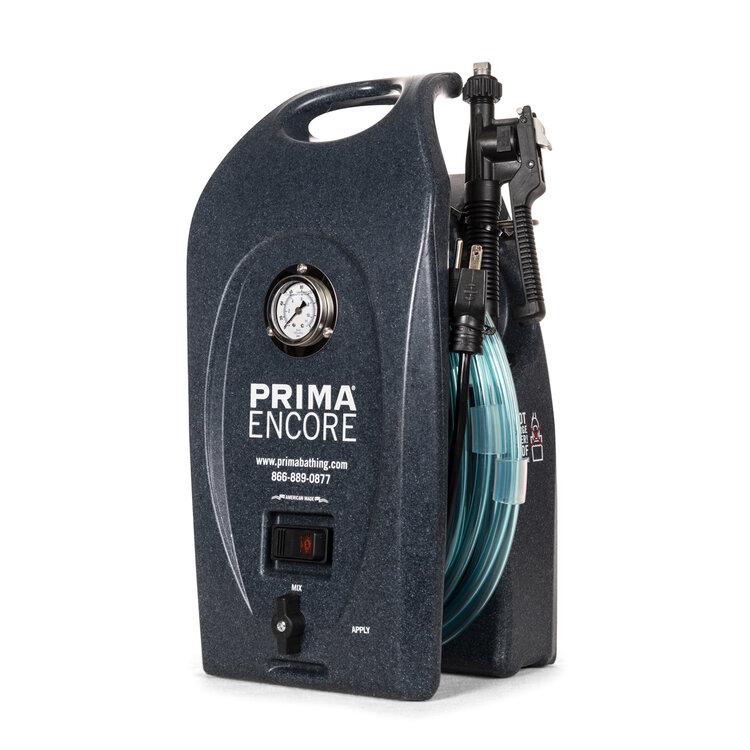How often should I groom my cat or dog? | Checkout essential pet grooming
What are essential pet grooming products? Readmore
What are the best pet grooming tools for shedding? Readmore
The ideal grooming frequency for your cat or dog depends on several factors, including their coat type, shedding patterns, lifestyle, and individual needs. Regular grooming promotes skin health, prevents matting, reduces shedding, and strengthens the bond between you and your pet.
How Often Should I Groom My Cat or Dog?
Short-Haired Breeds
- Examples: Beagles, Boxers, Bulldogs
- Recommended Grooming: Once a week
- What’s Needed: Slicker brush, rubber grooming glove, and the occasional bath
Short-haired dogs are generally low-maintenance when grooming, as they shed minimally and rarely develop mats. Brushing once a week helps remove loose fur and keeps their coat looking shiny. Use a rubber grooming glove or a soft-bristle brush for this. Bathing should be done every 4–6 weeks or as needed, depending on their activity level and odor.
Medium-Haired Breeds
- Examples: Labrador Retrievers, Australian Shepherds
- Recommended Grooming: 1–2 times per week
- What’s Needed: Slicker brush, undercoat rake, and occasional de-shedding tool
Medium-haired dogs with denser coats benefit from brushing 1–2 times weekly, especially during seasonal shedding periods. A slicker brush or undercoat rake can help remove loose fur and prevent matting. A de-shedding tool like the FURminator can be helpful during peak shedding seasons.
Long-Haired Breeds
- Examples: Golden Retrievers, Collies, Shih Tzus
- Recommended Grooming: 3–4 times per week
- What’s Needed: Slicker brush, comb, detangler spray, and regular bathing
Long-haired dogs require more frequent grooming—about 3–4 times a week. Their coats are more prone to tangling and matting, especially if they’re active. Using a slicker brush and a comb for thorough brushing helps keep their coat clean and tangle-free. These breeds also benefit from regular professional grooming every 4–6 weeks to keep their coats manageable and in top condition.

How Often Should I Groom My Cat ?
Short-Haired Cats
- Examples: American Shorthair, British Shorthair
- Recommended Grooming: Once a week
- What’s Needed: Soft-bristle brush or grooming glove
Short-haired cats typically groom themselves well, so brushing once a week is usually enough. Using a grooming glove or a soft-bristle brush helps remove loose fur, reducing shedding and hairballs. Bathing is rarely necessary unless the cat has gotten into something messy.
Long-Haired Cats
- Examples: Persian, Maine Coon, Ragdoll
- Recommended Grooming: 3–4 times per week
- What’s Needed: Slicker brush, wide-tooth comb, detangling spray
Long-haired cats need regular grooming to prevent matting and hairballs. Brushing 3–4 times a week with a slicker brush and a wide-tooth comb helps remove loose fur and keeps their coat tangle-free. Long-haired cats can also benefit from occasional bathing, especially during shedding season, though this can depend on your cat’s tolerance for water.
Additional Grooming Tips for Both Cats and Dogs
- Seasonal Grooming: During peak shedding seasons (spring and fall), increase the frequency of grooming sessions to control loose fur and reduce shedding around the house.
- Ear Cleaning: Check ears weekly, especially in breeds prone to ear infections, and clean as needed with a pet-safe ear cleaner.
- Nail Trimming: Trim nails every 3–4 weeks or as needed to prevent overgrowth and discomfort.
- Dental Care: Regular brushing or dental chews help maintain oral health. Aim for daily brushing, but 2–3 times a week is beneficial if daily isn’t feasible.
What are essential pet grooming products?
Regular grooming isn’t just a luxury for pets—it’s a necessity that promotes their overall health and well-being. A good grooming routine helps maintain a healthy coat and skin, reduces shedding, prevents mats, and allows you to check for any skin issues.
A slicker brush is a staple in pet grooming, especially for medium- to long-haired pets. It has fine, short wires close together that effectively remove loose hair, dirt, and tangles. Slicker brushes are also great for preventing mats in thicker-coated pets. READMORE
Conclusion
The best grooming routine for your cat or dog depends on their breed, coat type, and shedding habits. Short-haired pets may only need weekly sessions, while long-haired breeds benefit from more frequent grooming. Consistent grooming will keep your pet looking great and feeling comfortable, helping you catch any skin issues early and keeping your bond strong.




